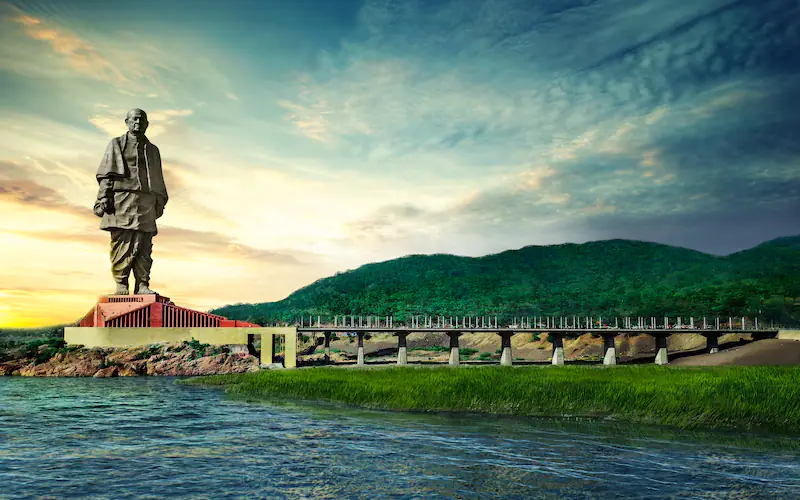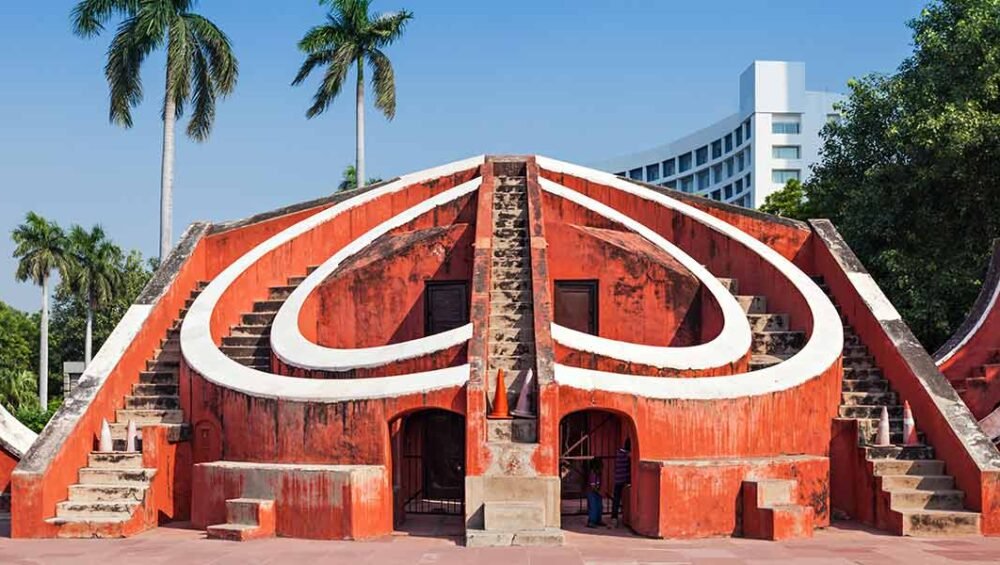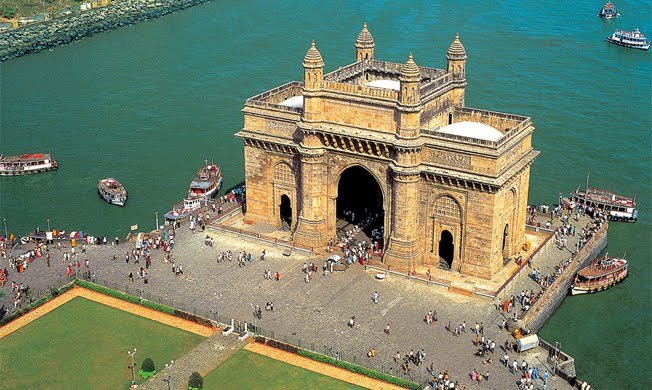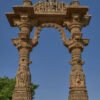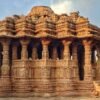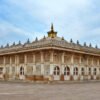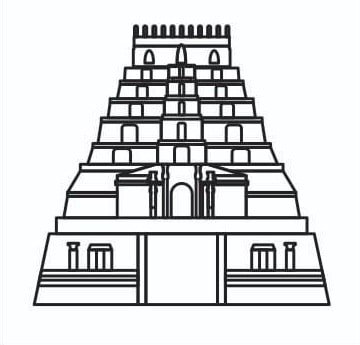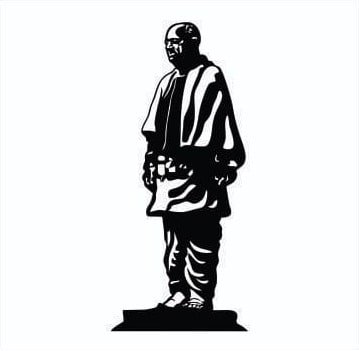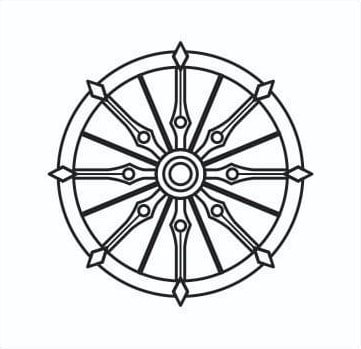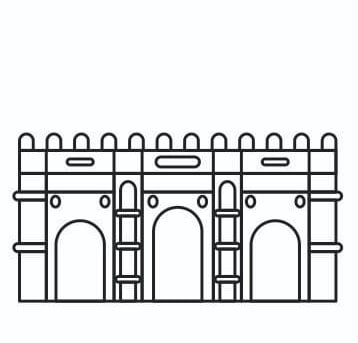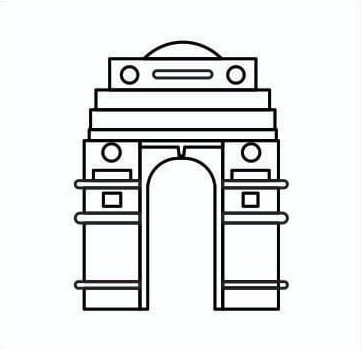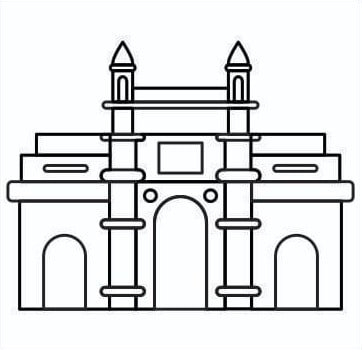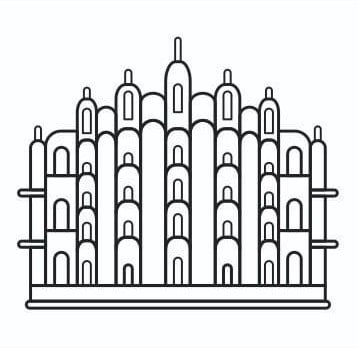Monument – Ajanta Ellora Caves, Aurangabad, Mumbai
Built by – Rashtrakuta dynasty and Kalachuris during 1st century
Ajanta Caves are a series of rock-cut caves in the Sahyadri ranges on Waghora river near Aurangabad in Maharashtra. The Ajanta caves are a series of 30 buddhist caves, out of which 25 are Viharas (residential complexes) and 5 are Chaityas (prayer halls). The caves, famous for their temple architecture and many delicately drawn murals, are located in a 76 m high, horseshoe-shaped escarpment overlooking the Waghora (tiger) River. The Ajanta Caves are listed by UNESCO as World Heritage Site.
The first Buddhist cave at Ajanta dates back to 2nd and 1st century BC. Many more richly decorated caves were added to the original group during the Gupta period (5th and 6th centuy AD). The paintings and sculptures of Ajanta caves are considered masterpieces of Buddhist religious art. These paintings and sculptures have had a considerable artistic influence.
Ajanta Caves exemplifies one of the greatest achievements in ancient Buddhist rock-cut architecture. The artistic traditions at Ajanta represent the art, architecture, painting and socio-cultural, political, and religious history of the contemporary indian society.
The Ellora caves are known for their amalgamation of Hinduism, Jainism and Buddhism. The wall carvings depict the stories of Hindu mythology and feature some great artistic talents of the creators. The site features over 100 caves, of which 34, are allowed to be visited by the public. These caves consist of 12 Buddhist caves, 17 Hindu caves, and 5 Jain caves, all of which present the respective deities and mythologies prevalent in the ancient times.
Photo Courtesy – www.thetravelshots.com


